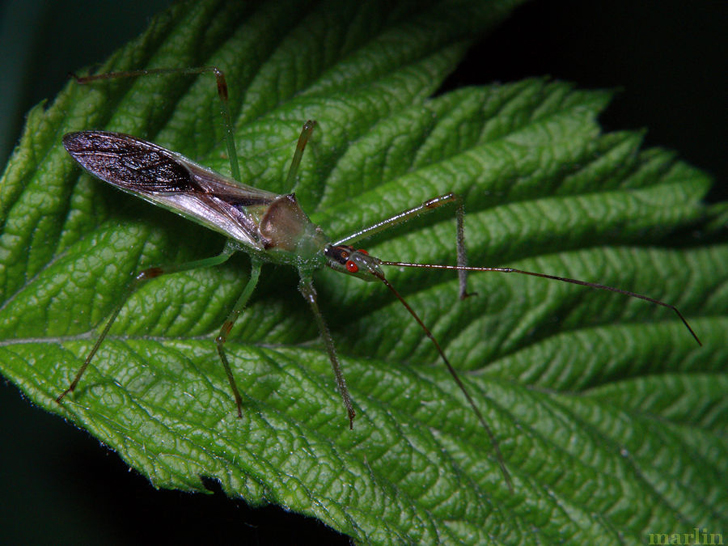
Fill your garden with a wide variety of plants, which will create a rich environment for local insects. Have faith that a tangled organic garden is your best defense. There are so many wild beneficial insects out there; even in big cities they will fly to your garden if properly attracted. Read on to find out how to attract these natural helpers. Here are the 5 best bugs for your lawn or garden and how to attract them.
[next]

Don’t be intimidated by the name; these are the good guys. Lure these predators to your garden for protection against thrips, spider mites, caterpillars, and other plant-eating insects. Adults are typically brown or black with flat bodies and a distinct cover behind their head. Get them to settle down in your terrain, and typically you’ll find a new generation of assassin bugs targeting and eliminating your insect enemies. And you don’t even have to disclose their activities to Congress.
How to attract them
Give them shelter. Make sure your yard includes bunch grasses, shrubs, and other permanent plantings, which will give assassin bugs and other predator bugs the cover that they crave.

[next]
Lady BugsA favorite design choice for makes of kids’ clothing, the actual insect is as helpful as it is attractive. Welcome these colorful critters into your patch of grass to feast on aphids, mealybugs, scales, and other soft-shelled troublemakers. Adults can be orange or red in color, with the familiar black-spotted shells. Larvae are black with orange spots, typically fat and ½ inch long.
How to attract them
These beetles are such a popular beneficial insect that you can order batches of them online. But it’s not worth the hassle for the home gardener, since you may end up with a type that’s not a good match for your area. The home gardener is better off attracting native species. Insects are particular. Plants that ladybug beetles like include cornflower and golden marguerite.

These bugs may scatter when disturbed, but they’re actually your lawn’s best friends. The big black or brown rounded beetles usually hide under logs or rocks in cool, dark areas. Beetles will protect your grass by feasting on slug eggs, maggots, and snails.
How to attract them
Make them feel at home. Creating a comfortable habitat for ground beetles will attract more of them to your property. Plant perennial ground covers, and place stones or logs around to create the damp, dark environment that ground beetles love.
[next]
[post_ads_2]

These beelike bugs are great natural predators to have in your garden. Adults are between 1/3 and ½ inch long. While the flies look similar to yellowjackets or bees, with black and yellow bands across their body, a closer look reveals they have two wings instead of four. (They’re also big on hovering in one spot, hence the name.) Attract adults to your garden with plants rich in pollen and nectar, such as mustard or buckwheat. Larvae will attack aphids, mealybugs, and other harmful insects—a single young hover fly maggot can eat 400 aphids before adulthood.
How to attract them
Plant some herbs. Along with pollen-rich flowers, fill in your garden with smaller flowers, so beneficial bugs won’t drown in larger pools of nectar. All herbs like dill, coriander, cilantro, and thyme are great for beneficial bugs because they produce very small flowers and grow narrowly without competing with other plants. Cilantro, dill, and sweet alyssum are particularly attractive to hover flies.
[post_ads_2]

Lacewing larvae feed on aphids, moth eggs, caterpillars, and mites. Look for the distinctive long delicate wings on these slender-bodied bugs. Larvae are typically grayish with narrow thoraxes and long jaws. Green lacewings can produce up to four generations each year.
How to attract them
Mix modest with showy. Ornamental flowers look great, but have less pollen than smaller, modest-looking plants. Roses don’t have any pollen, they’re just for show. So be sure your garden includes low-growing sweet alyssum and some of the herbs and plants listed above to provide the pollen that lacewings and other beneficial bugs are looking for, she suggests.





















